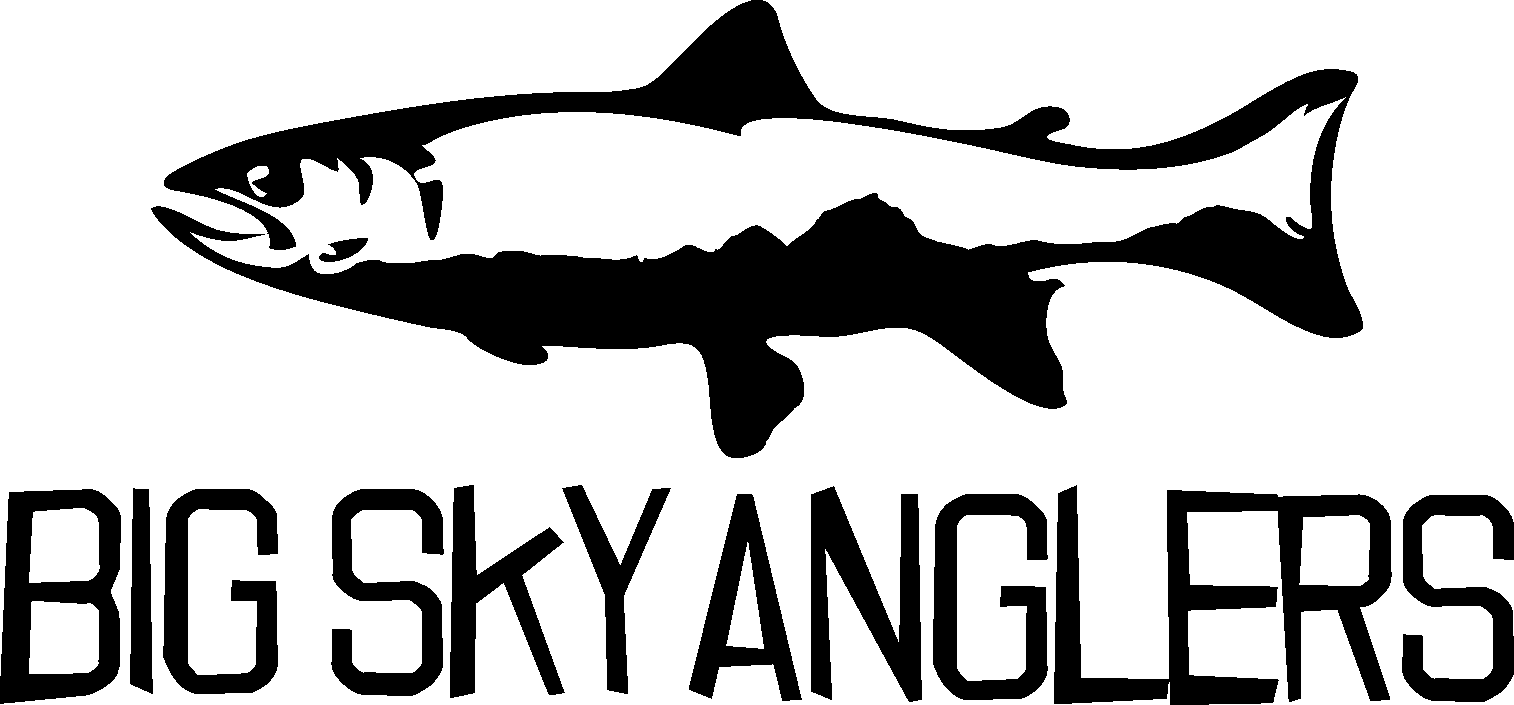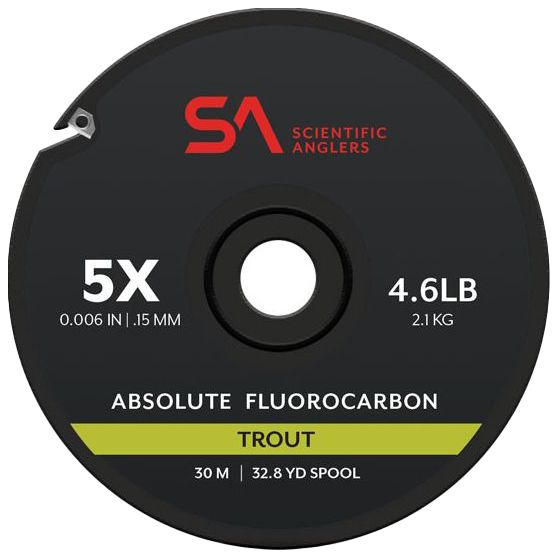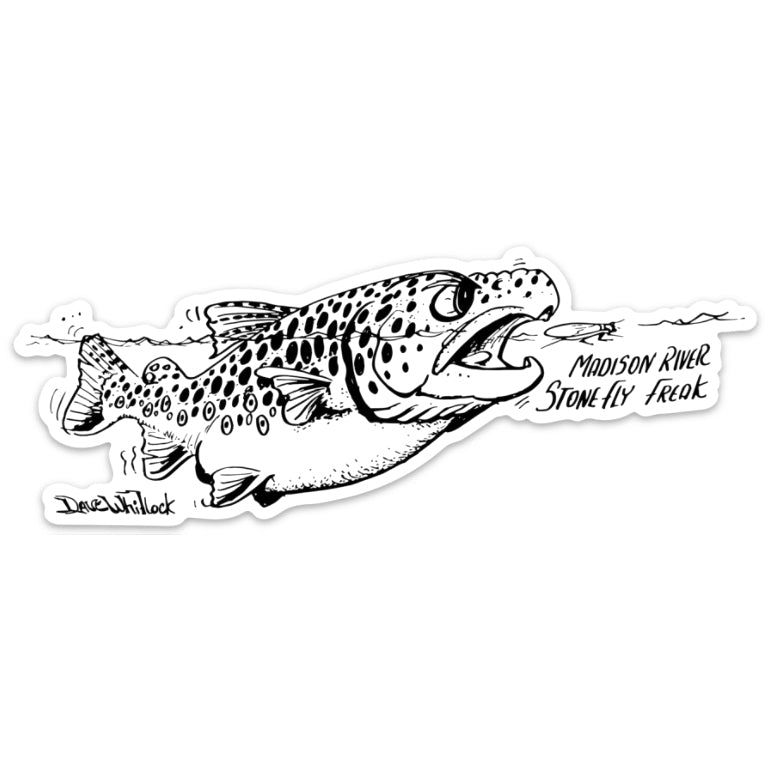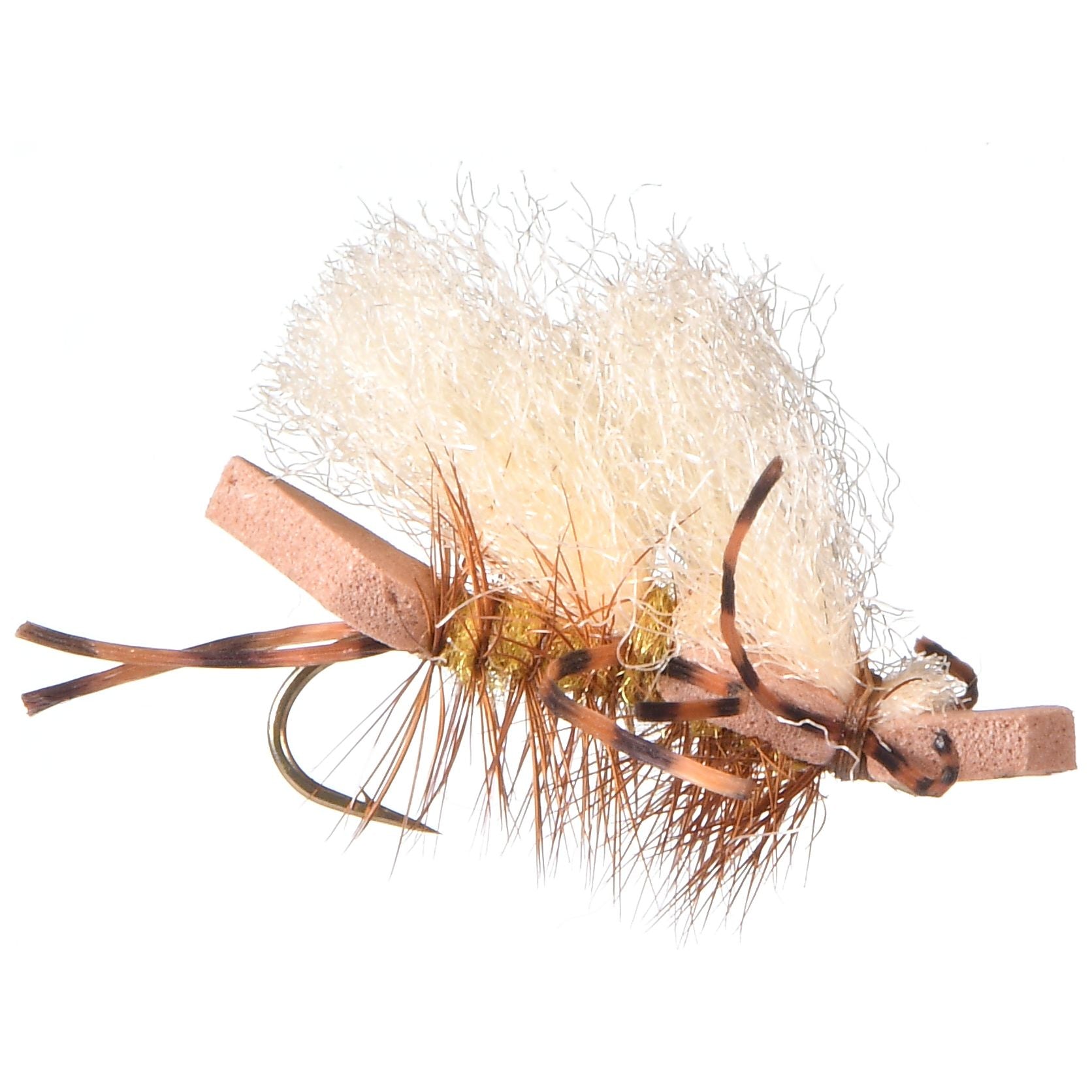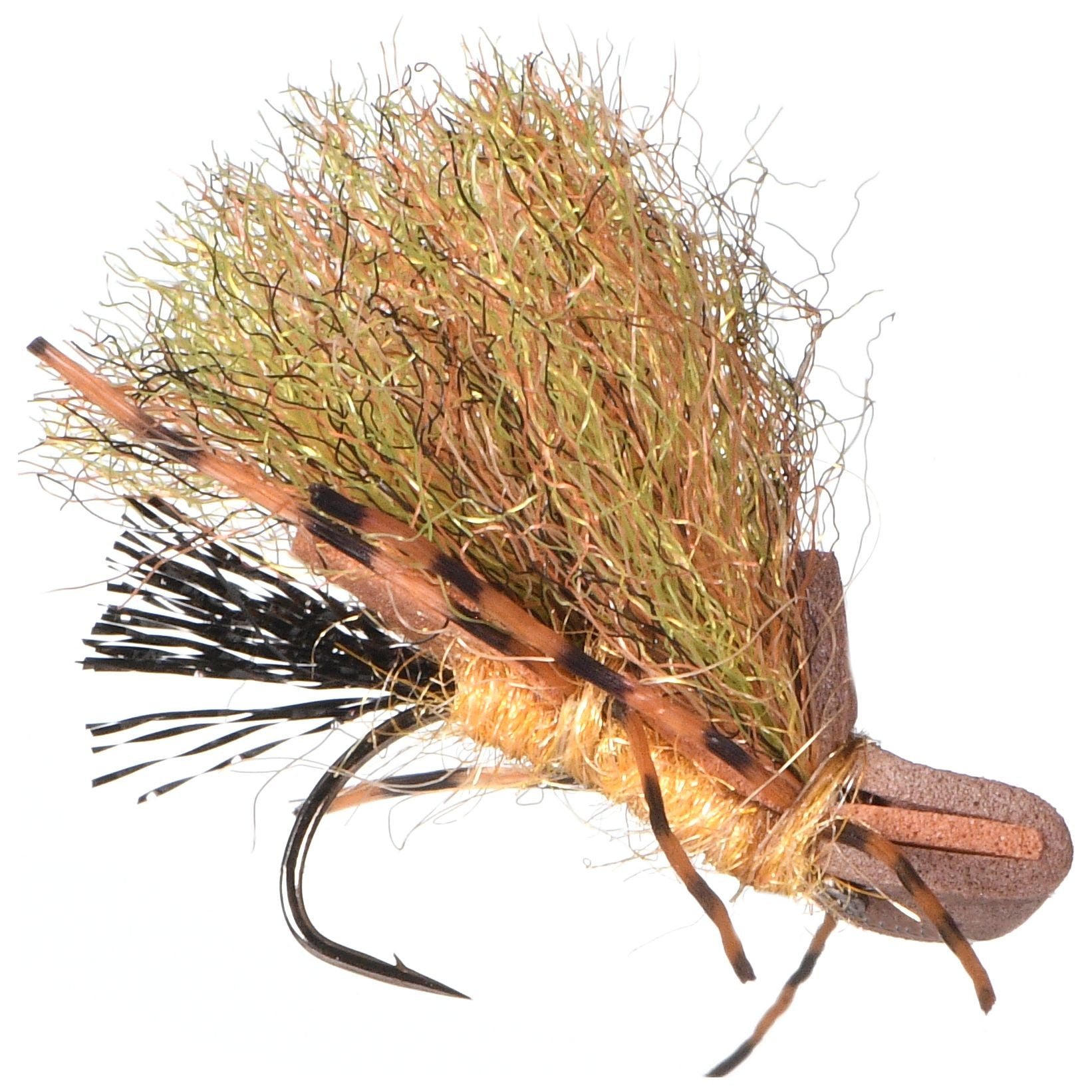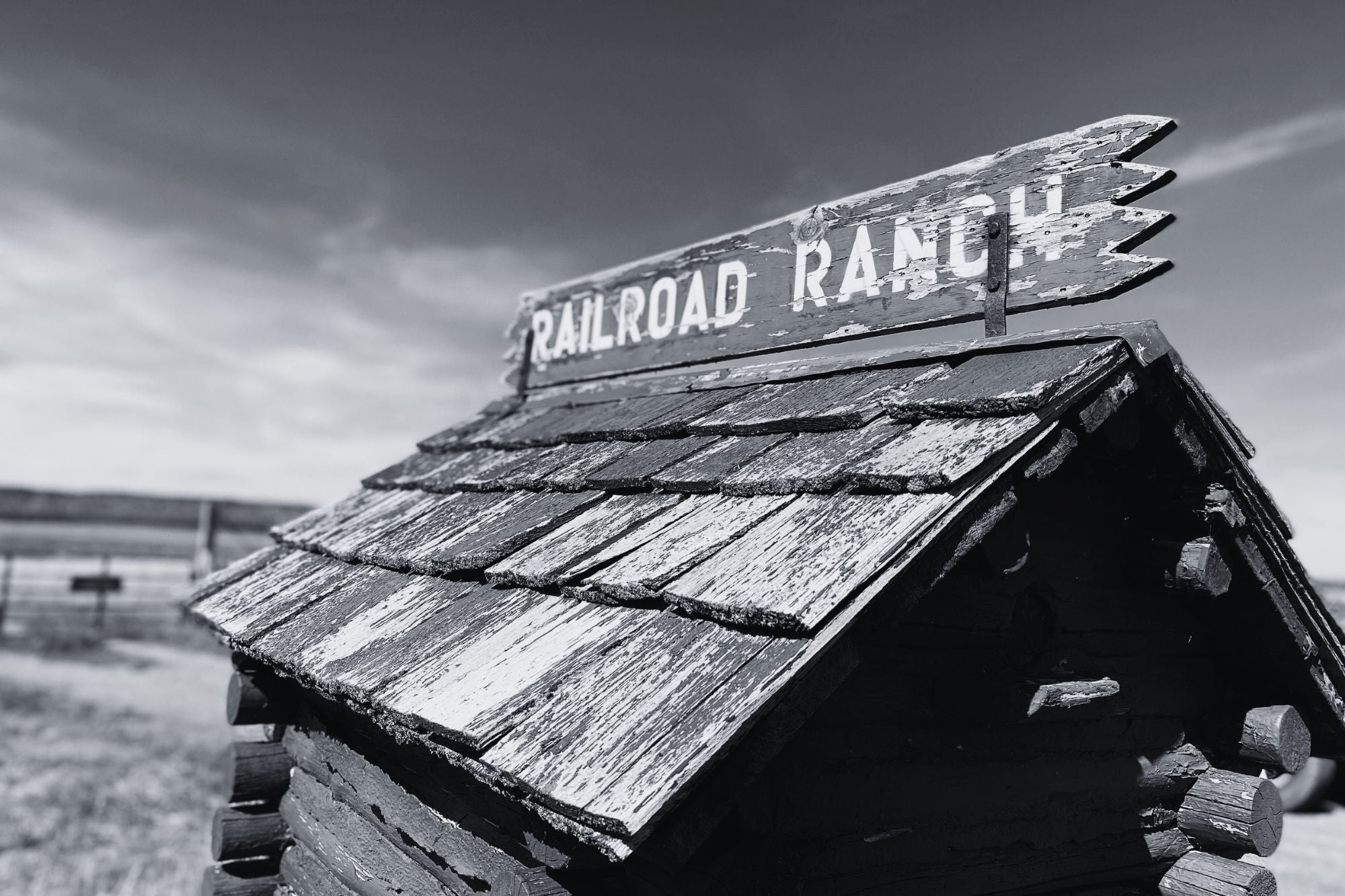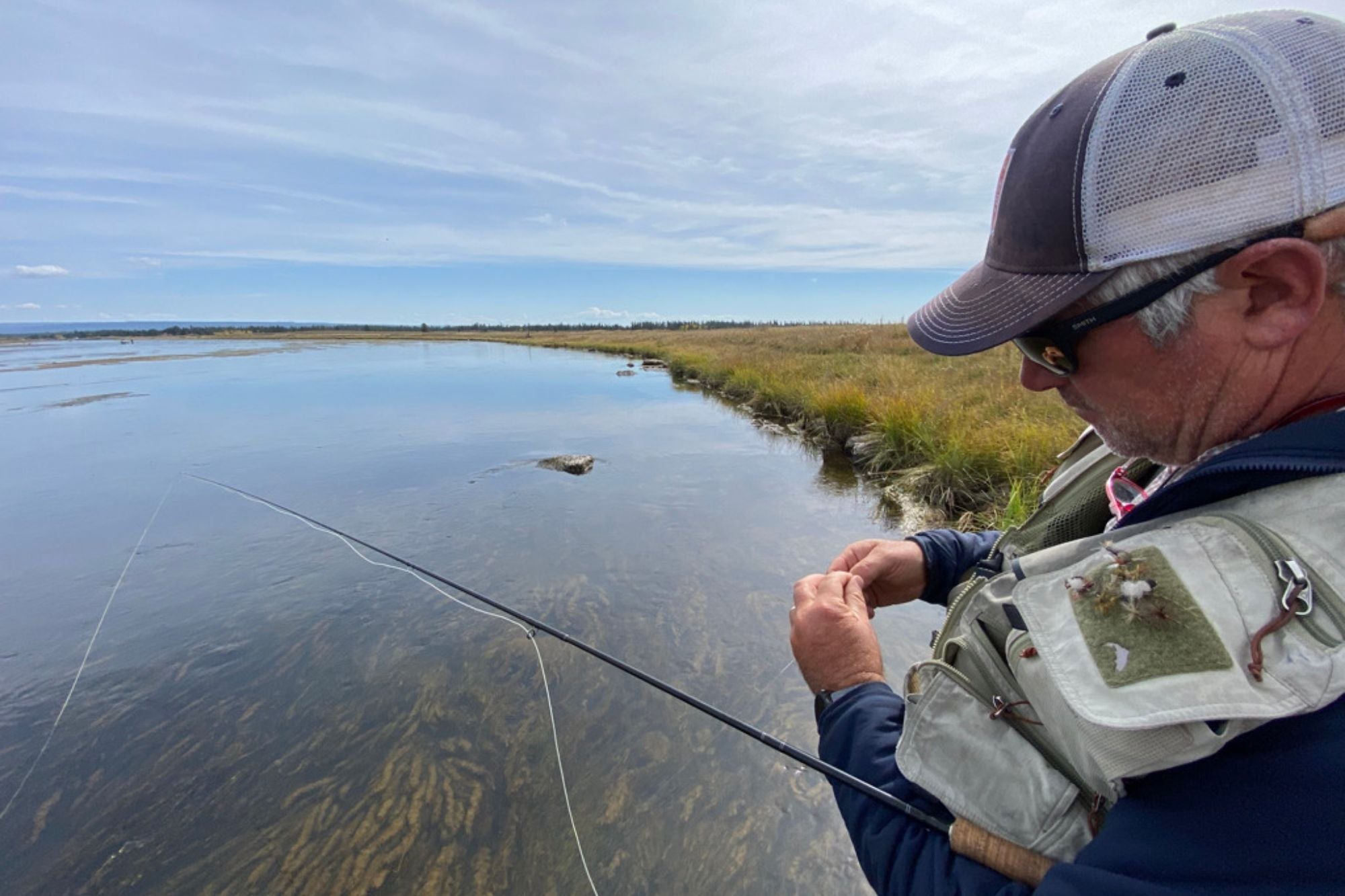Early Season Fishing on the Henry's Fork
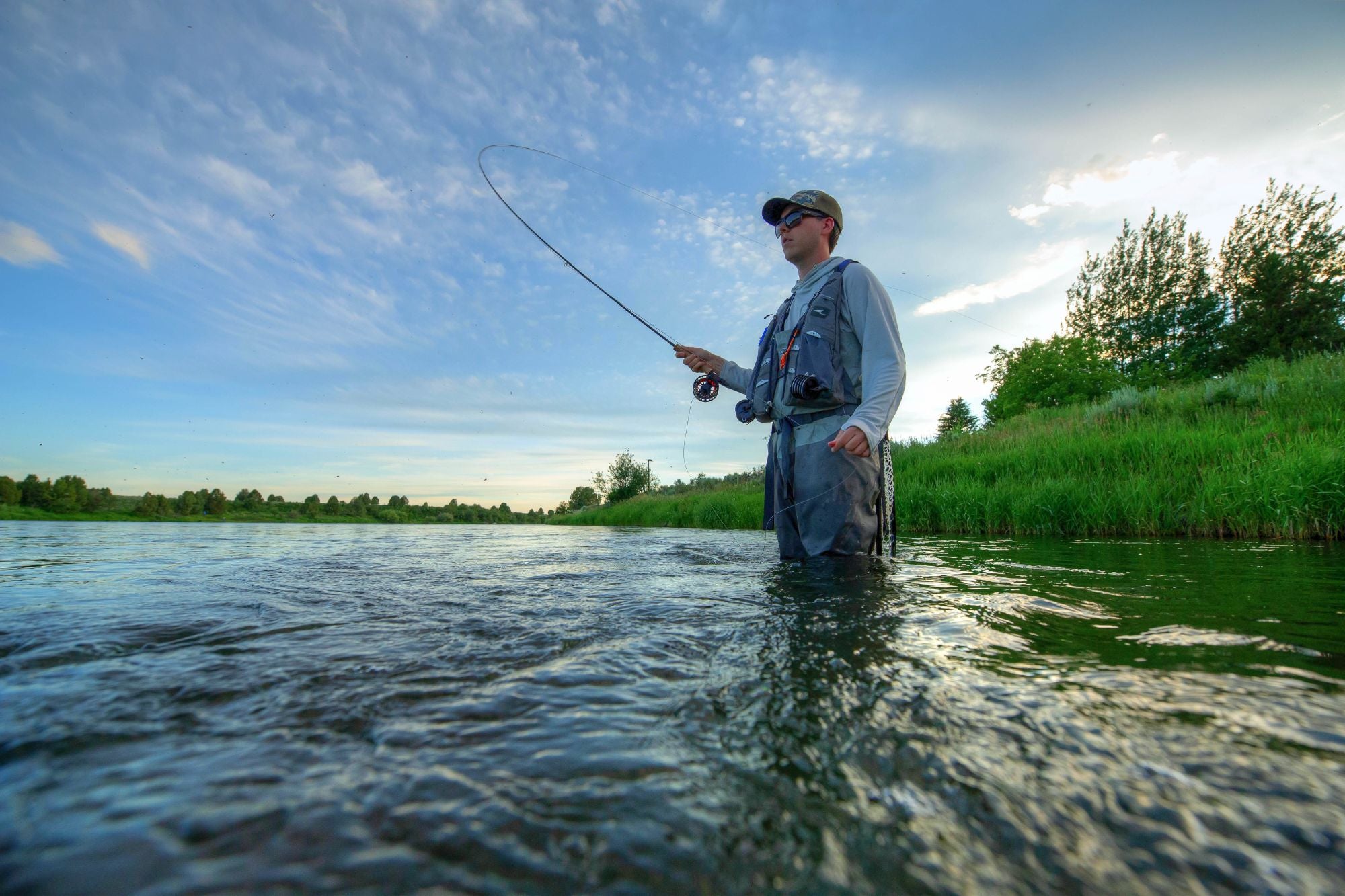
The Henry’s Fork of the Snake River is one of the most diverse fisheries in the western US. With over 70 miles of fishable water, each section has such a unique character that it is like having eight rivers rolled into one. Water types on the Fork range from tailwater canyons to flat, technical spring creek water, with freestone canyons and low gradient riffle-run sections as a nice bonus. The Fork also has great diversity in elevation above sea level, with its headwaters at Henry’s Lake located 6472 feet, and the lower reaches of the river down around 5000 feet. In times of extreme weather here in the high country surrounding West Yellowstone (elevation 6666 ft), it is possible to head down to the lower elevation “banana belt” where you can find nicer weather and water conditions that make the fish and fly fisher both a bit happier. Nearly the entire river is sourced from natural groundwater springs, the largest of which forms the river’s headwaters and is aptly named Big Springs. Due to the strong influence of groundwater, the Fork experiences a very minimal runoff by local standards, and almost always has several fishable sections in the early season (April through the month of June).
All of us here at Big Sky Anglers cherish the opportunity to guide and fish on the Henry’s Fork. We are the only fly shop in West Yellowstone with this license, and we are among only eight outfitters total that are license holders for the river. Guiding on the Henry’s Fork allows us to treat our customers to great fishing opportunities at times when many other local waters are blown out, closed to fishing, still frozen or otherwise unfishable. And, all of this exists within a 35 minute to 1 hour drive from the fly shop and our lodging, the Golden Stone Inn here in West Yellowstone.
The lower elevation reaches of the Henry’s Fork in particular exhibit great diversity of geology, gradient, scenery, and fishing. Each section has its own unique character, ranging from sections with large average sizes of trout that offer chances at true bruisers on dry flies, to other sections that are home to larger populations of smaller fish that offer the an angler the chance to relax a bit, learn a lot, and bring a few fish to hand. The beauty of the Fork is that there is something for every angler regardless of skill levels. We feel that it has been a misconception for years that the Fork is an experts-only river, and while there are sections where even the most experienced can test their skills and wits, there are other areas where newer anglers can still have a good time.
Though it is legal to fish year round on many of the sections of the Henry’s Fork, the fishing really begins to shape up in April, with good baetis hatches and some March brown activity occurring in several sections. Stable water conditions, a rarity in the mountain west in April, make for reliable angling conditions, even if the weather is still a bit unpredictable. Nymph fishing usually dominates during April. While hatches can be prolific, they are typically short lived. There is also some good streamer fishing when water temps are warm enough.
The fishing during the beginning of May can be considered an extension of April conditions… until the salmonflies begin to hatch. This usually happens around the middle of the month. Because the Fork has numerous tributaries and springs that change water temperature between river sections, the big bugs begin hatching and reach their peak in each section at different times. Often the hatch will appear in a section upstream on the river and a few days later will begin to happen in a downstream stretch. Fishing with a guide who has been on the water every day affords visiting anglers a HUGE advantage for this very reason. While targeting the salmonflies can be a bit tricky because of unstable weather in May, there are typically 5-7 great dry fly days with salmonflies . And when the dry fly action isn’t perfect, the nymphing with big stonefly imitations can be outstanding.
Nymph fishing and dry/dropper fishing gets us through the end of May and into the beginning of June when the most exciting hatches of the year begin.
June usually begins with golden stones, PMDs, and caddis, which overlap with small olive stones and yellow sallies. Next come the flavs and green drakes, followed by gray drakes, which create some of the most exceptional match-the-hatch dry fly fishing of the year. This is often a mix of blind fishing with dries while looking for targets. For the angler who prefers to target and cast to rising fish, the combination of a reliable spinner fall in the morning, blending into a PMD hatch in the afternoon, followed by a flav emergence in the early evening, this is absolute paradise. These hatches offer a real chance at some very large trout in some sections of the Henry’s Fork, and for those who are willing to trade quantity of smaller fish for overall size of fish taken using extremely visual methods early June is tough to beat.
And remember, all of this happens before the Madison is even done clearing up from runoff for the year. Once the fishing begins to wane at the end of June on the lower Henry’s Fork due to rising water temps, the salmonflies will have just begun to establish themselves on Montana’s Madison and the upper Henry’s Fork gets into full swing with a repeat of many of the same hatches described above. We’ll be there and hope you’ll be there with us!
Best,
Jonathan Heames, Co- Owner and Head Guide
